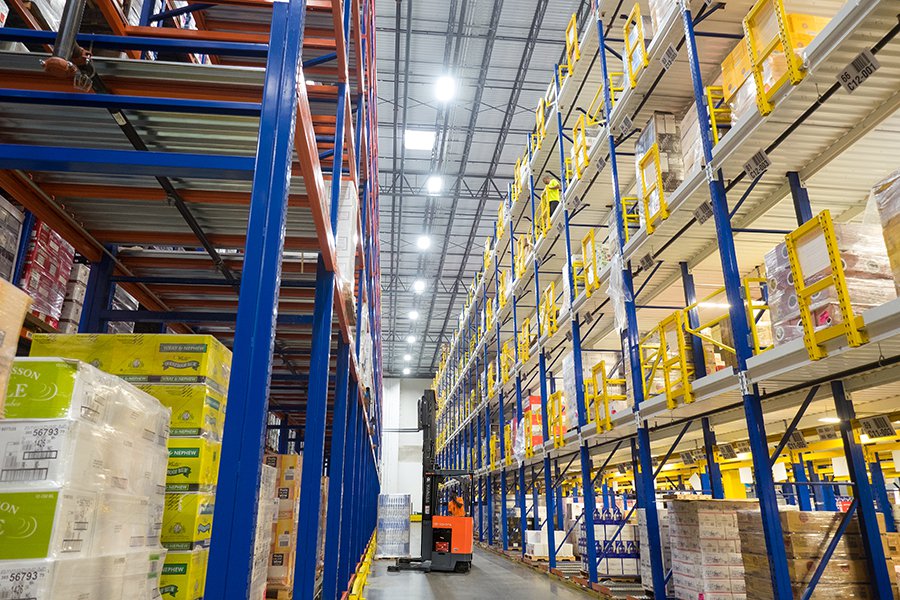
The Importance of Discussing Slotting Early in New Facility Design
Tyler Stratton | 19 May 2020
Across the industry, I’ve seen a variety of approaches when it comes to handling slotting for a new warehouse design project, due to all the different factors that make up how individual warehouses operate. However, a common link I’ve seen is the earlier that conversations are had about slotting goals with the end-users and project stakeholders, the better the slotting program will work. These conversations also help ensure the slotting program proposal is appropriately suited to the new design.
There is always going to be a level of data-refreshing one can do by the time a new warehouse system is installed and successfully up and running, given the design is often locked in from up to 6 or 12 months prior to go-live. Despite that, there are examples of sites where slotting is not looked at until weeks or even months after go-live, well after all locations are already set up in the warehouse management system (WMS).
In our eyes, this is not best-practice, as floor labor can be spent initially loading products into new locations or zones based on data from 12 months ago (i.e. where SKUs were designed or profiled to go), when new data would lead to alternative decisions on where to put those same products in the warehouse. Revisiting this data could also show a shortage or surplus of location types from what was just installed if profile changes are significant enough.
Having the wrong products in the wrong locations, zones or pick areas can cause certain work areas or zones to receive more/less volume than originally anticipated during the design. It can also lead to sub-optimal min/max replenishment settings, creating unnecessary work that the floor staff has trouble keeping up with. These types of changes can lead to drops in performance across the entire system.
For example, more containers could be visiting multiple zones in a zone-routing design than anticipated if slotting is more scattered than originally planned. As another example, more waves could be floating out in the system while they are waiting to have picks completed from a certain zone, preventing new waves from dropping, if that one zone is unexpectedly overloaded with picking work.
In the end, for a general new facility design project, the details around slotting are necessary to understand early-on in the overall project life cycle. It is imperative to be prepared when it comes to slotting so the unexpected issues that come up during and after go-live are minimized. As a result, when Bastian Solutions recommends developing a slotting model as a part of a bigger system proposal/quote, we are doing so to ensure the operational success of the system by the time it is ready to be turned on mechanically.
When it comes time to slot a new facility for the first time, our collaboration with Optricity’s OptiSlot DCTM software allows us to produce the best-in-class slotting results and reports to ensure products end up in the correct locations for an initial go-live/season and that the optimal slotting strategy is set up for the future. If you have any more questions about this topic, please reach out to us!
I am an Associate Consulting Engineer with Bastian Solutions out of Indianapolis, IN, and I work closely with clients on concepting and validating system designs through extensive data analysis and computer simulation efforts. I started at Bastian Solutions in 2016, and I spent over a year on-site as an Operations Engineer for our software group before transitioning to the Consulting team in late 2017. Currently, I support consulting engagement clients that are wanting to understand the potential benefits of automated solutions as well as existing Bastian Solutions clients seeking optimization of current operations.
Comments
No comments have been posted to this Blog Post
Leave a Reply
Your email address will not be published.
Comment
Thank you for your comment.